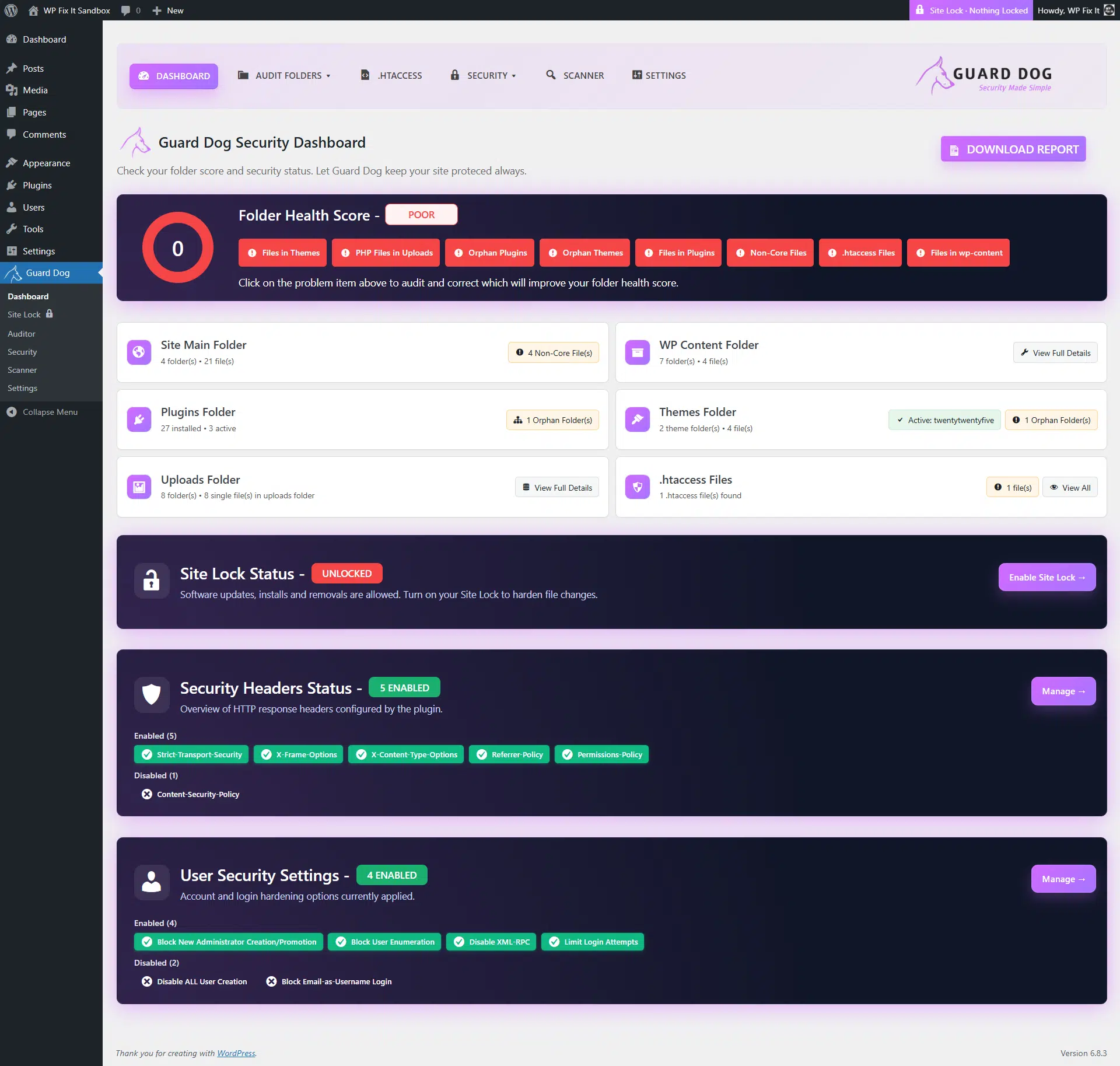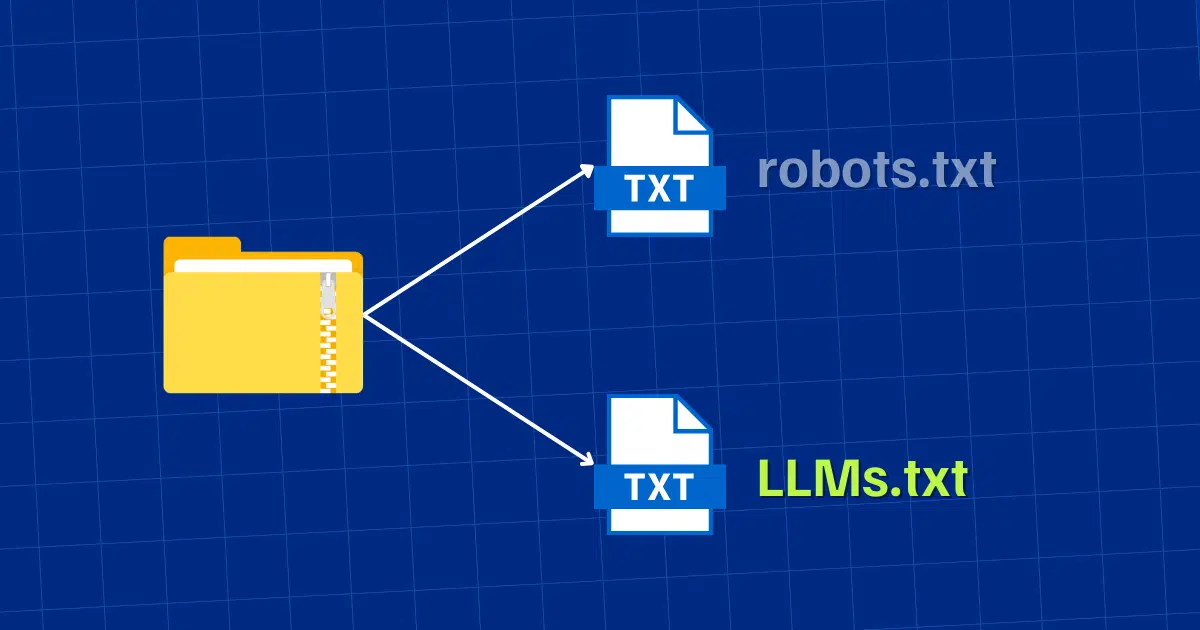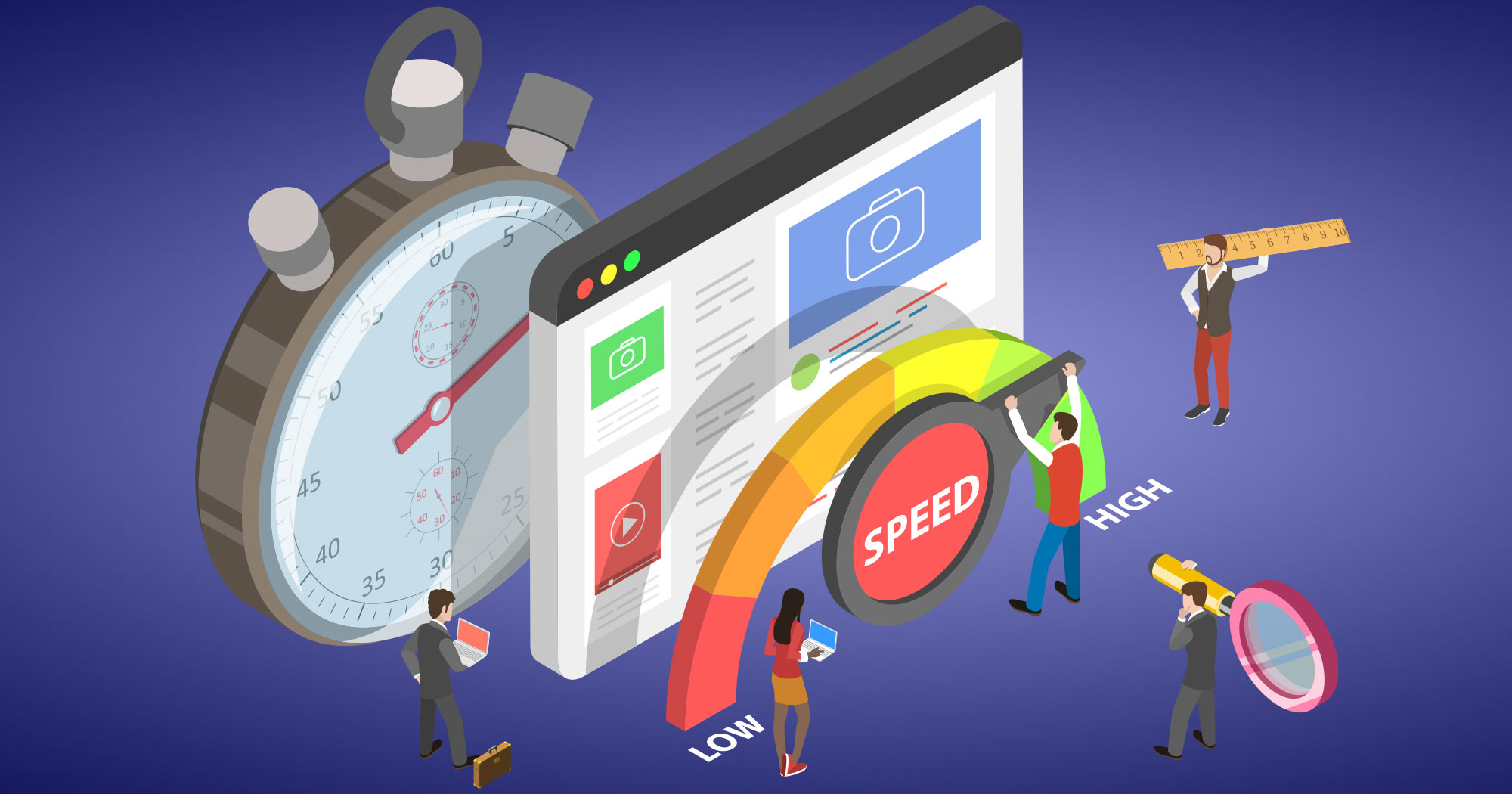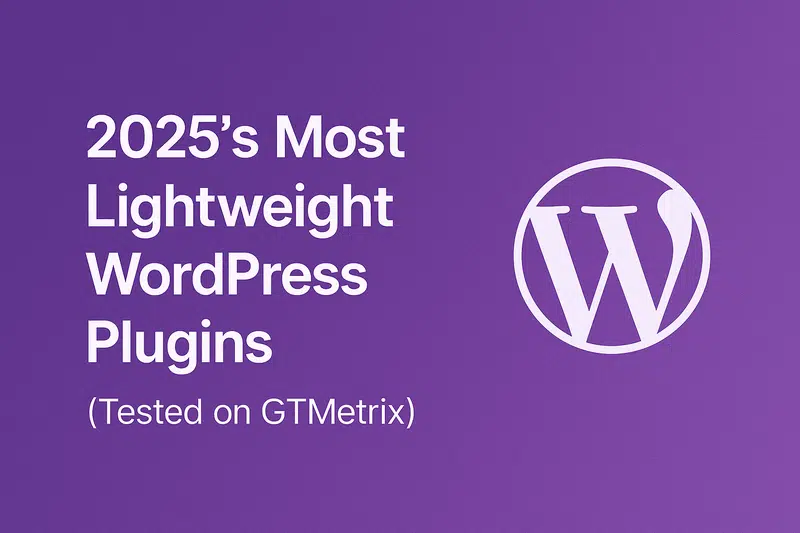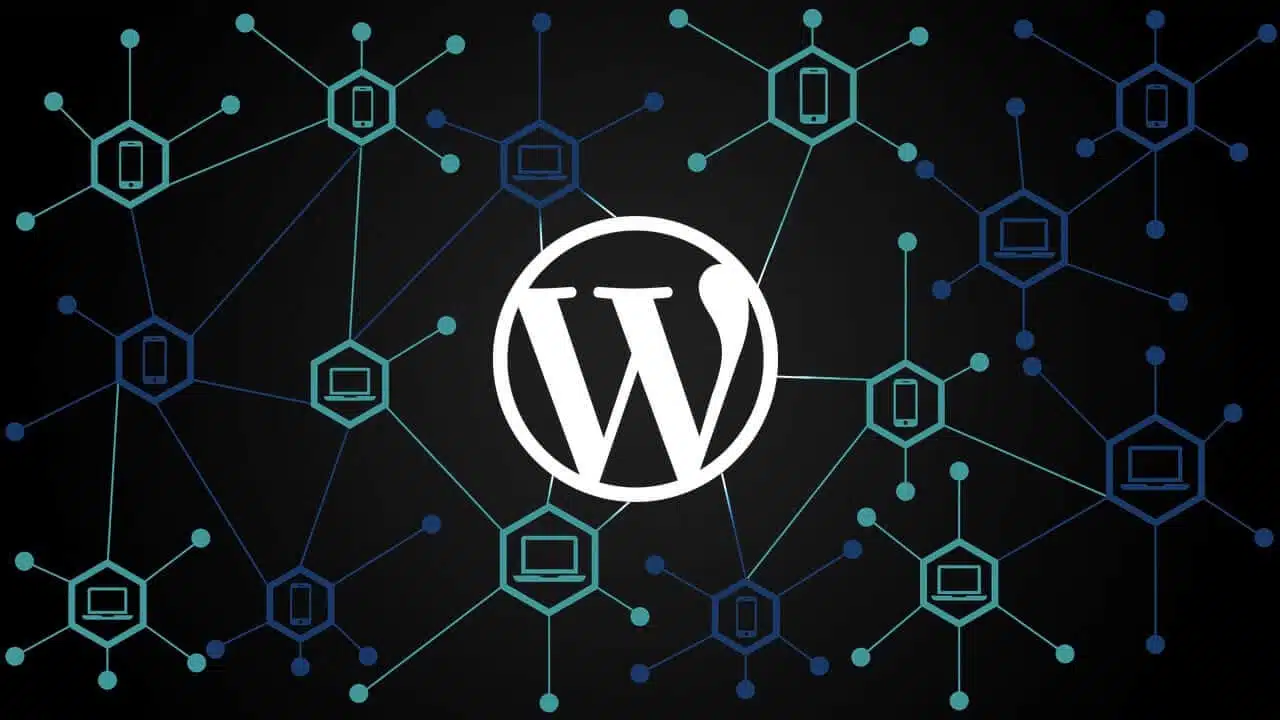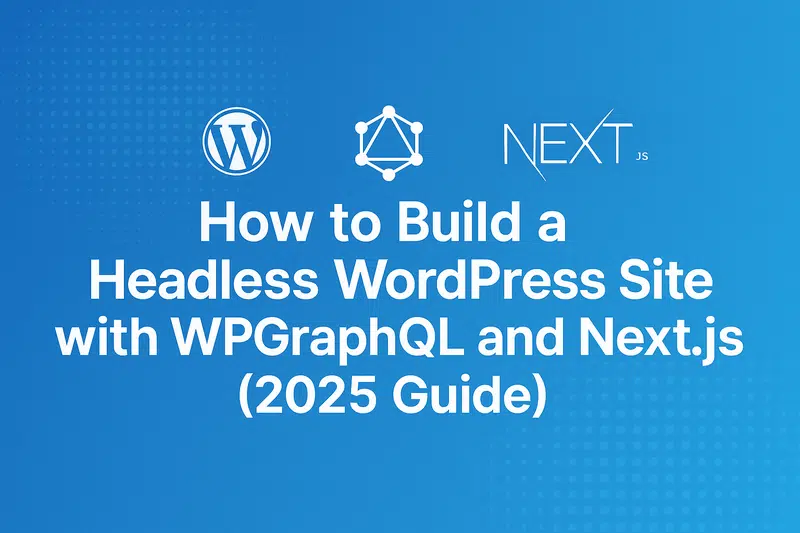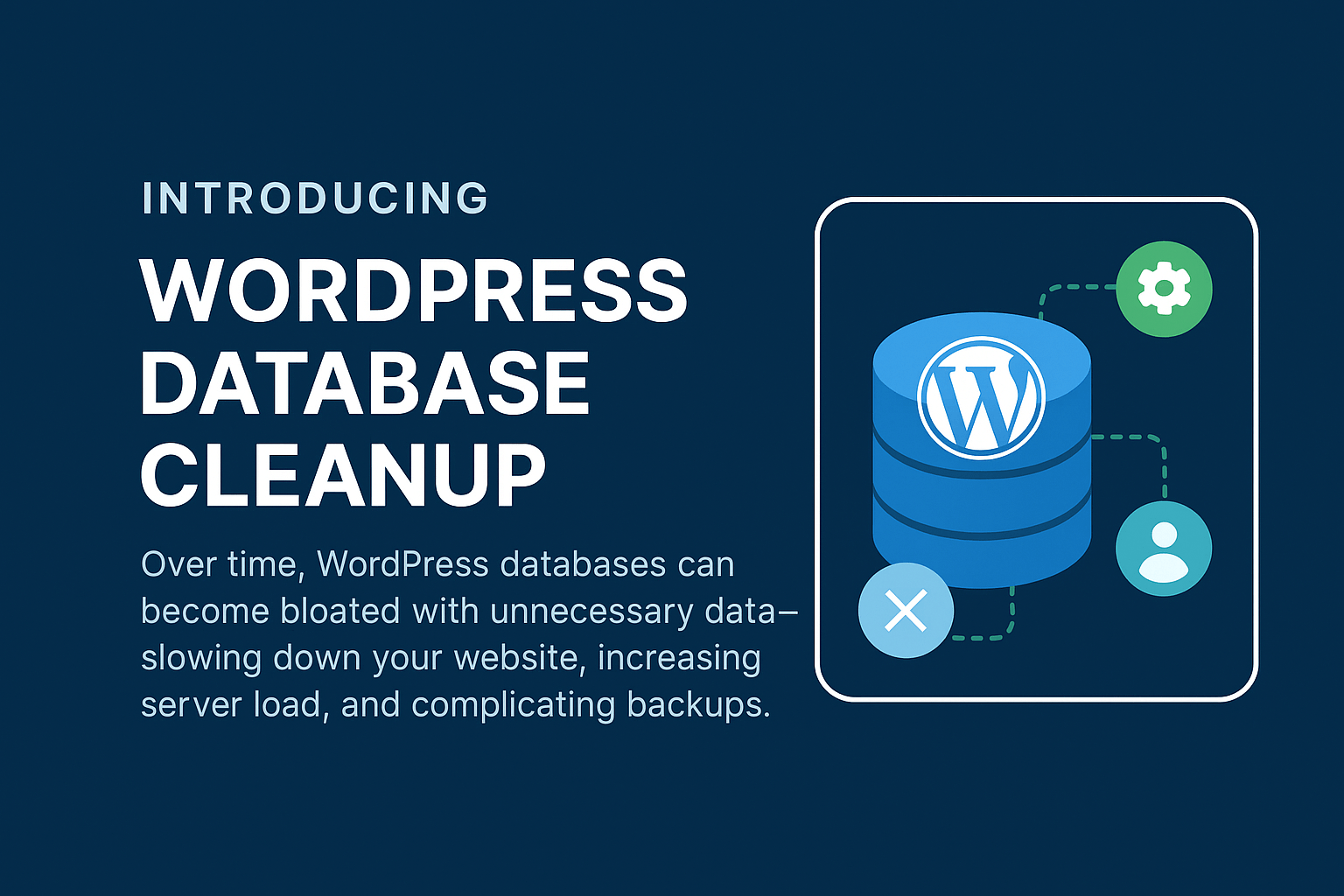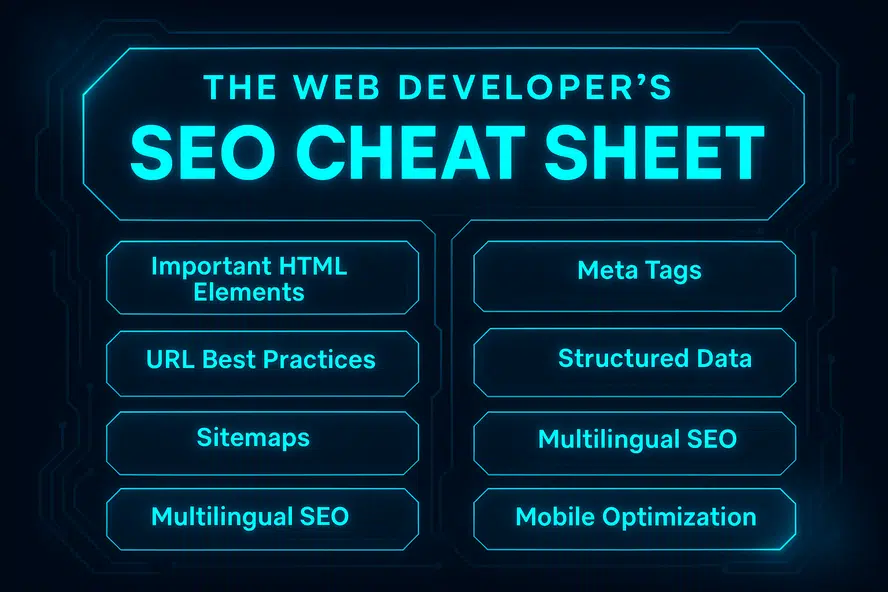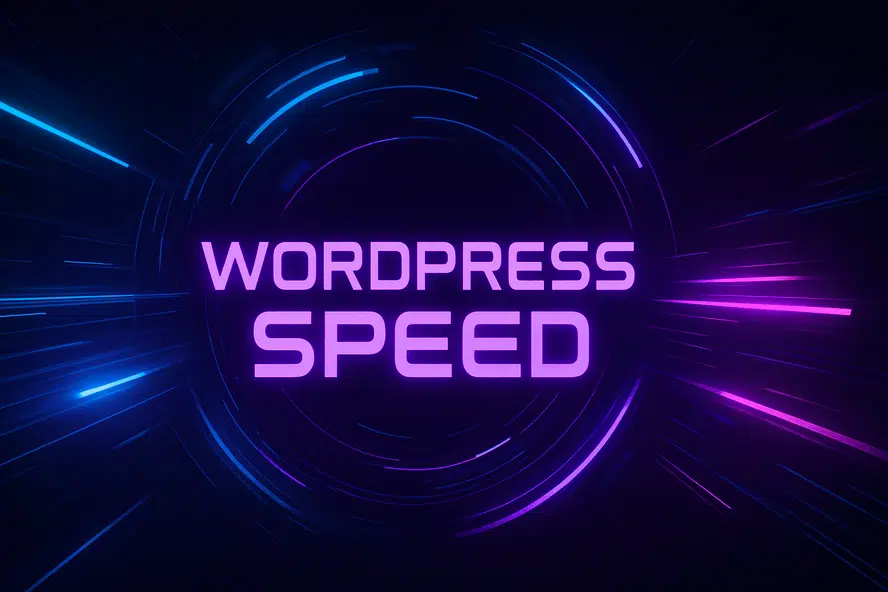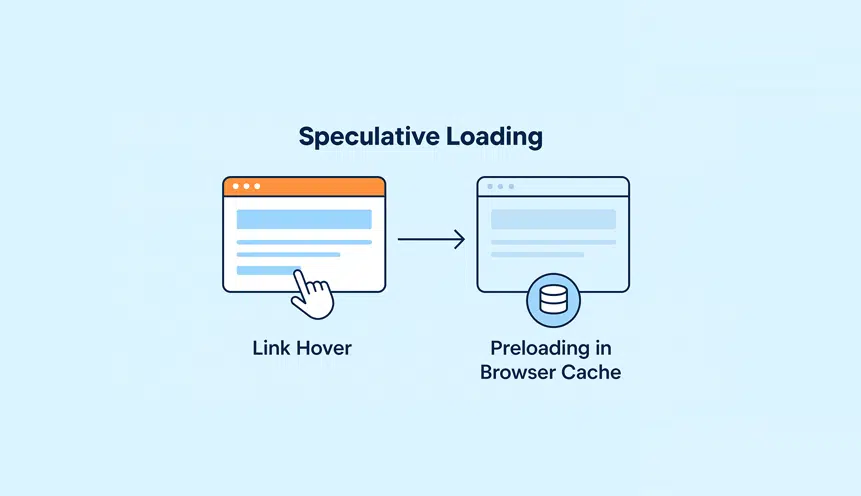If you’ve been paying attention to the world of web development over the past year or so, you may have heard about headless WordPress. But what is it, exactly?

And more importantly, why should you care? In this article, we’re going to answer those questions and explain how headless WordPress can help keep your website compliant with Google’s algorithm updates.
Here’s an outline of what we’ll be covering:
- What is headless WordPress
- What are the main advantages of headless WordPress?
- What are the disadvantages of going headless?
- How does Headless WordPress help with Google rankings?
What is headless WordPress
Headless WordPress is a website that uses WordPress to manage content but is built with a different frontend framework.
If you’re not familiar with the concepts around web development, this may sound like gibberish. The best way to think about it is that WordPress is made of two sets of code:
- Frontend code. This is all the code that the browser reads and turns into a nice visual user interface for visitors. It’s the HTML, CSS, and JavaScript that form the bones and skin of the website.
- Backend code. This is the code that talks to the server and moves data around in the database. It accesses user names and passwords, records analytics, and handles complex calculations.
WordPress usually handles both of these parts, and the code lives in a single repository. This means that changing something on the front end can also impact the back end.
For example, changing the values of an opt-in form will need to be reflected visually and also on the database.
A headless site separates the frontend code from the backend code. WordPress still talks to a database but it’s no longer responsible for managing the code that generates the visual interface. Typically this part will be done with a static site-generating framework like Gatsby or Next.js.
What are the main advantages of headless WordPress?
The biggest advantage of headless WordPress comes from using a static site-generating framework to build the front end. Rather than needing to wait for a server to tell the browser how to render content, these frameworks prepare the website before any users arrive.
When the visitor hits the URL and requests to load the page, the assets (images, HTML, CSS, JavaScript) are ready and can be served instantly.
This makes for a crazy fast site.
Fast load speeds translate into a range of benefits. Less waiting for pages to load improves your chances of keeping visitors reading your content, shopping on your site, and ultimately doing business with you.
Another major benefit is unlocking the freedom to create more complex and interactive interfaces. Traditional WordPress is somewhat opinionated in the way it makes developers build interfaces.
Gatsby or Next have been created specifically to build more application-like web interfaces and unlock a new level of flexibility.
What are the disadvantages of going headless?
Converting your traditional WordPress site to a headless site is not recommended for small businesses that don’t already have tens of thousands of visitors a month. That’s because it’s an expensive transition to make since you need to work with an experienced developer.
Since headless technologies are relatively new, they are only a handful of agencies across the globe that have the specialization to help you through the process. Make sure you pick one that’s already worked with headless WordPress.
The other thing about headless website development is that the process usually takes around 200 hours and costs upwards of $20,000.
The biggest disadvantage from the perspective of the website user is that you can no longer use all of the plugins you may have become reliant on.
Most plugins have code that works on the front and back-end. Since this connection has now been severed, the plugins either need adjustment or to be rebuilt manually.
How does Headless WordPress help with Google rankings?
Google has released a handful of major algorithm changes over the past 12 months. These changes have focused on website user experience.
Google has a handful of metrics they use to measure user experience, and for the most part, they focus on how quickly a user can interact with a website.
If your website is competing for keywords with another site that has a similar backlink profile, age, and popularity, but your website is fast and theirs is slow, Google will push your site up the rankings.
Headless WordPress unlocks page load speeds than traditional WordPress can’t compete with. It’s a competitive advantage for businesses looking to squeeze more traffic from their existing content.
Conclusion
To recap; WordPress makes for super-fast site load speeds that translate into a range of benefits, such as improved chances of keeping visitors reading your content and doing business with you.
A headless architecture also unlocks the freedom to create more complex and interactive interfaces.
It’s not a good play for a new or small business that doesn’t have the resources to pay a developer or agency to help build and maintain the website. However, if your business is looking for a competitive advantage and ways to drive more traffic from your web presence, then headless WordPress is a great option!





